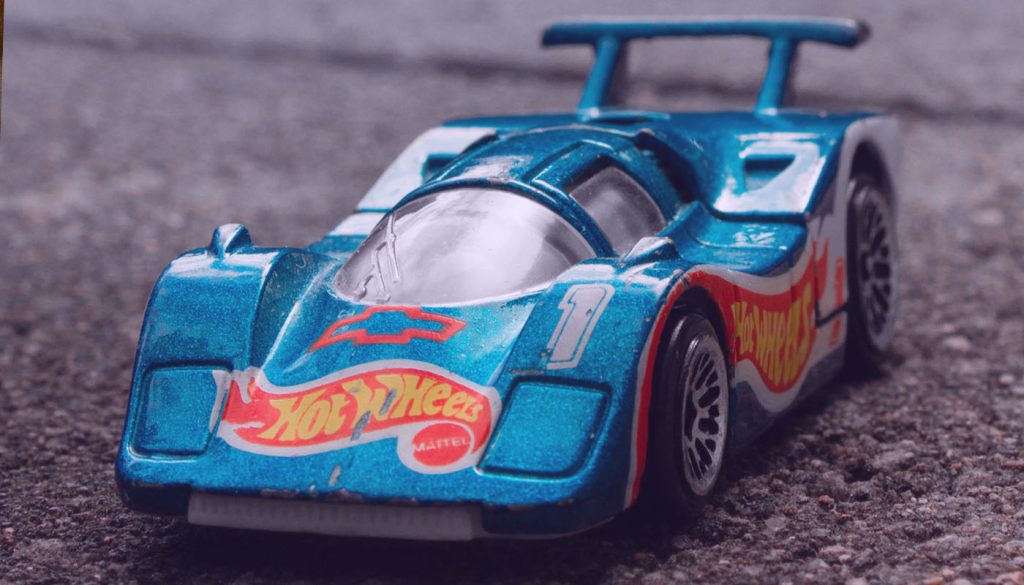When you buy through our links, we may earn a commission. Learn more.
Understanding Vintage Dolls
Vintage dolls hold a special place in the hearts of collectors. They come in various materials, styles, and eras, making them unique finds. By exploring their historical significance, different types, and identifying marks, we can gain deeper insight into what makes these dolls cherished collectibles.
Historical Significance
Vintage dolls reflect the culture and trends of their times. They often serve as representations of childhood and societal values. For instance, dolls from the Great Depression era were often made from materials like cloth and were designed to be affordable.
In the early 20th century, we see the rise of more elaborate dolls, like bisque and porcelain dolls. Companies such as the Armand Marseille Doll Company contributed significantly to doll-making during this time, introducing high-quality craftsmanship that collectors appreciate today. Understanding this history helps us recognize the value in our collections.
Types of Vintage Dolls
There are various types of vintage dolls we should consider:
- Bisque Dolls: These are made from unglazed porcelain and are valued for their delicate features.
- Porcelain Dolls: Known for their shiny finish, these dolls often feature intricate clothing.
- Papier Mâché: Typically used in the 19th century, these dolls are made from layered paper and often painted with vibrant colors.
- Composition Dolls: Made from materials such as wood and sawdust, these dolls gained popularity in the 30s and 40s.
- Cloth Dolls: Often handmade, these dolls can be simple or elaborate.
- Madame Alexander Dolls: Known for their high quality, they appeal to collectors worldwide.
Each type comes with its unique charm and history.
Identifying Marks and Manufacturer Signatures
Identifying the maker of a vintage doll is crucial for collectors. Manufacturer marks can tell us a lot about the doll’s origin and value.
Key marks to look for include:
- Initials or symbols: Common among brands like Ideal Novelty and Toy Company.
- Labels: Often stitched into the clothing or attached to the doll.
- Signature with year: Some companies include the production year, such as those made by American Girl Dolls or Cabbage Patch Kids.
Understanding these marks helps us appreciate the craftsmanship behind each doll and can significantly impact its value in the market.
The Collector’s Guide
As we dive into the world of collector dolls, it’s crucial to understand how to evaluate their value, where to find them, and the importance of maintenance and restoration. This knowledge helps us ensure our collections remain both visually appealing and valuable over time.
Evaluating Doll Values
To assess a doll’s value, we should consider several factors:
- Age: Vintage dolls from 80 to 100 years ago often have higher values, especially if they are in good condition.
- Maker: Dolls made by renowned artists or brands, like Barbie or porcelain dolls by Albert Marque, can fetch higher prices.
- Condition: A doll that is intact, with original accessories and minimal wear, holds more value. Carefully inspect the doll’s hair, eyes, and body for any defects.
- Provenance: Documentation of a doll’s history adds to its value. This includes receipts, and original packaging, or information about past ownership.
For accurate appraisals, consider visiting a doll appraisal event or using resources like udfc conventions for expert evaluations.
Where to Acquire Vintage Dolls
Finding vintage dolls can be an exciting treasure hunt. We can explore several venues:
- Online Marketplaces: Websites like eBay and Etsy have vast selections of vintage dolls available for purchase. Check frequently for new listings.
- Doll Clubs: Joining a doll club can connect us with fellow collectors who may sell or trade dolls. This community offers valuable insights and potential buying opportunities.
- Antique Shops: Many local antique stores feature vintage and collectible dolls. We should visit these shops regularly to find unique pieces.
- Doll Shows: Attending doll shows allows us to meet sellers and view dolls firsthand. Check for events like the UFDC Convention for a wide range of collectibles.
Maintaining and Restoring Dolls
Proper care is essential in preserving our dolls’ value and beauty. Here are key steps we should follow:
- Cleaning: Use a soft, damp cloth to gently clean dolls. Avoid harsh chemicals to prevent damage.
- Storage: Keep dolls in a cool, dry place away from direct sunlight. Consider using protective cases to minimize dust and damage.
- Restoration: For dolls needing repair, we should seek professionals who specialize in doll restoration. This includes fixing hair, eyes, or any other parts.
- Accessories: Having original stands and clothing can elevate a doll’s value. We can look for handmade or antique accessories that complement our collection.
By following these guidelines, we can enhance our doll collecting experience and maintain the value of our treasured items.
I’m Cartez Augustus, a content creator based in Houston, Texas. I’ve been exploring a variety of niches in content marketing in order to increase website traffic. I enjoy experimenting with artificial intelligence, search engine optimization, and paid search. The process of creating nerd-related content has been extremely rewarding since it has enabled me to network with people who are knowledgeable about these subjects.


